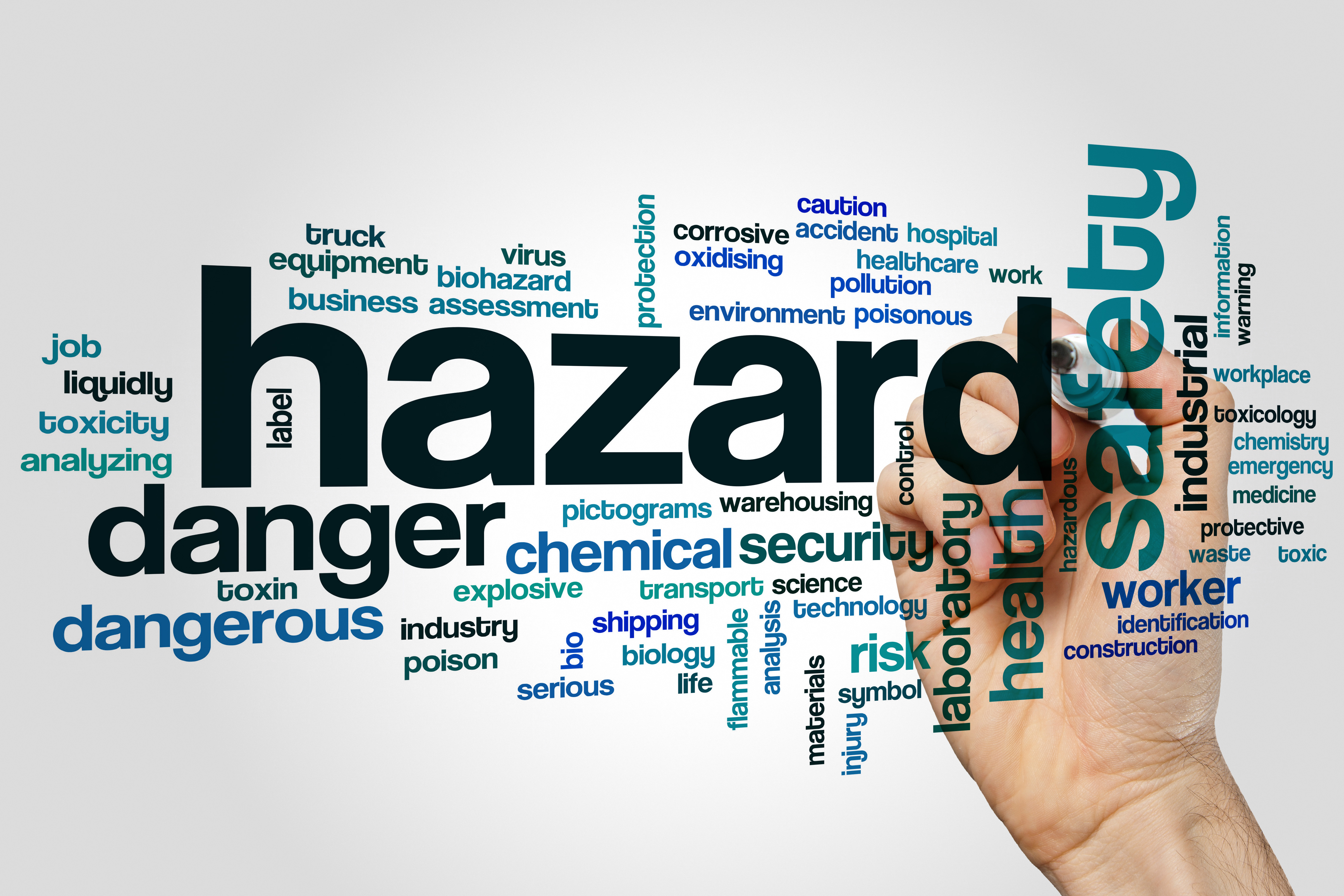This post gives some outline into hazard identification and the need to be aware of the some of the most likely contributing factors to workplace hazards:
An occupational safety and health program must include risk assessments that aim to prevent injuries and illnesses. A risk assessment process is composed of the following steps:
1) Hazard Identification
2) Risk Analysis and Evaluation
3) Risk Control
Cover All Categories of Hazards
During the crucial first step of a risk assessment (Hazard Identification) the assessor must be sure to cover both safety and health hazards equally. Some assessors focus more on safety hazards, but health hazards may produce an equal or greater risk of harm to workers. Here are some examples of safety and health hazards:
Safety Hazards:
Slips, trips, falls
Working at heights
Electrical hazards
Equipment and machinery operation
Fire protection
Health Hazards:
Chemical hazards (e.g. exposure to, and inhalation of, chemicals)
Physical hazards (e.g. noise, extreme temperatures)
Biological hazards (e.g. infectious diseases, bacteria)
Ergonomic hazards (e.g. heavy lifting, repetitive movements)
Psychological Hazards (e.g. stress, workplace violence)
Be Aware of the Main Contributing Factors
Being aware of the main categories and types of hazards allows the assessor to go one step further and become aware of contributing factors to hazards. These are the main contributing factors to consider:
People:
Are they well trained and competent in performing the work?
Are they overtired?
What motivates them (e.g. speed or quality)?
Is there poor communication?
Equipment:
Are the equipment and tools provided appropriate for the task?
Is the equipment properly installed, inspected and maintained?
Are the manufacturer’s specifications being followed correctly?
Materials:
What materials are being used?
Are the materials being handled, stored and disposed of properly?
Environment:
Where is the work being performed (e.g. an office, vehicle, field, etc.)?
Does the work environment introduce any hazards? Factors include facility layout, ventilation, lighting, walking surfaces, weather etc.
Being aware of the main contributing factors of workplace hazards will significantly improve the hazard identification step of a risk assessment. Finally, risk assessments must be reviewed periodically to ensure that they are fit for purpose.
IMEC Technologies provides Safety Management Software to increase worker safety and aid compliance. IMEC’s Safety Management Software will manage inspections and audits, provides hazard identification, incident reporting, management of corrective and preventative actions from generation to closure. IMEC provides lock out tag out software solutions that will allow users to create lockout tagout procedures using an intuitive Mobile App and Manage Lockout Tagout Procedures, also the Review and Execution of those Lockout Tagout Procedures using the Mobile App. Annual Lockout Tagout Procedures audits are conducted using a Mobile App. The Mobile Inspection App allow users to perform inspections and audits, for example the system can be used as a Fire Extinguisher Barcode Inspection Software system to manage monthly fire extinguisher inspections and general fire safety inspections and also to record safety observations and manage corrective actions, anywhere and anytime. The solution can be used as a fire extinguisher barcode inspection software system or life safety inspection system to aid compliance in Higher Education, Healthcare, Industrial and Commercial Organizations. Benefits from a Fire Extinguisher Barcode System include the elimination of paperwork and reducing the burden of compliance with regulations such as NFPA, The Joint Commission. The Incident Reporting App allows users to easily and quickly report incidents, hazards and near-misses, these are then sent to the appropriate people for action and are managed to closure. Web Apps provide features such as, setup, management, scheduling tools, analysis, reporting and dashboards etc with the ability to report incidents to government bodies such as OSHA and RIDDOR. HazMat T&T is a hazardous waste management software solution designed for Environmental Service Companies and companies who generate a large quantity of hazardous waste. The solution tracks hazardous waste from cradle to grave aiding compliance, providing accurate waste inventory, increasing waste handling efficiency, reducing risk and also helps manage waste costs. HazMat T&T Hazardous Waste Management Software can be deployed in a number of deployment scenarios, from Large Hazardous Waste Generators, tracking their hazardous waste at their site to Environmental Service and Waste Management Companies using it track and manage hazardous waste at transfer and disposal sites. For more information visit our website www.imectechnologies.com

